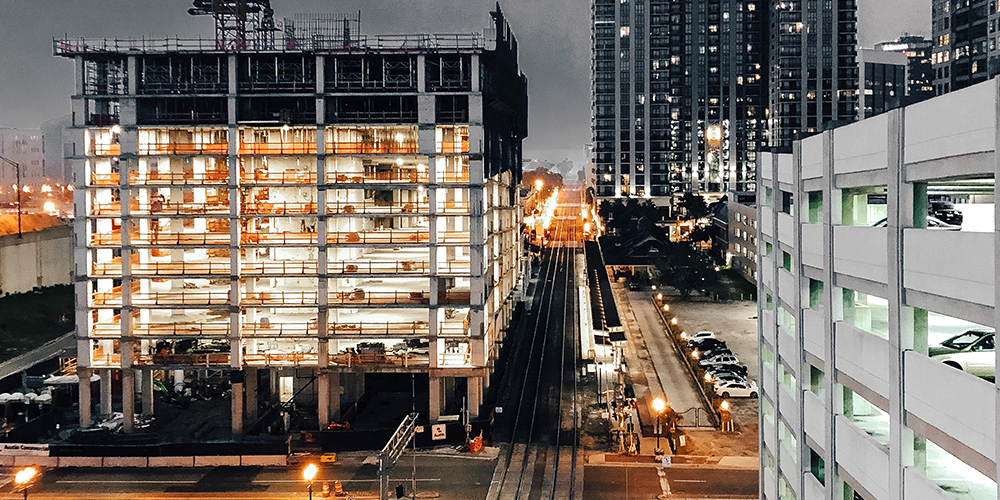When you’re looking for a ballpark estimate, an analogous (AKA “back of the envelope”) calculation may be all you need. After a quick look at the budget over the last five years, you can do a quick run rate, determine trends in play, and extrapolate those numbers into a rough estimate. Ultimately, this technique is based on assumptions and arbitrary percentages of planned growth, so the margin for error is significant. That said, it’s an approach that can still have value, especially in the absence of a lot of information; in fact, it may be the best you can do.
A Parametric PTW strategy, however, is a quantitative approach that determines the expected cost of a project depending on market or historic information. Using the statistical relationship between past information and specific other variables, a parametric model looks at every requirement listed and applies costs to each. Far more granular than other estimating techniques, a parametric approach will yield more accurate information when the ingredients to perform one are there.
Doing a Parametric PTW analysis is most accurate when you’re looking at building a project from the ground up. Below is a simple example to illustrate the concept. Keep in mind that, in reality, there are many other things that must be factored in, making the parametric model far more complex.
Example: A project team has been asked to estimate the cost of a new hotel, similar to facilities their company has built over the past five years. Using a Parametric PTW strategy, the team can use the company’s in-house database to track the costs, schedules, and other specifics of the previous projects.
For an initial evaluation, the team will use the cost per square foot as the appropriate input parameter, extrapolating the future building’s cost per square foot using the rule of three. For exact types of buildings, the cost had amounted to $200 for every square ft in the past—the cost for every parameter unit. The current building is intended to occupy a space of 3,000 square feet—the parameter value for the new project. The calculation of the construction using parametric using the rule of three will be as follows.
Estimated construction cost (ECC) = $200×3,000 square foot = $600,000.
The parametric values, of course, can be reduced and adjusted as the needs of the project get more specific and requirements change.
When using a parametric PTW strategy, it is critical to understand the requirements the RFP is asking for. Look at minimum requirements and work to fulfill those. Create the cost to build the customer what they are asking for, not what you want to build or have built in the past.
When companies lose work, one of the reasons is frequently that they did not build what the customer was asking for. It’s important not to add unwanted bells and whistles to the client’s product.
Because obtaining historical information requires a lot of resources and effort, using a Parametric PTW technique can be expensive and time-consuming. However, when sufficient historical information is available, a Parametric PTW strategy is one of the best approaches for estimating resource requirements, duration, and cost.

